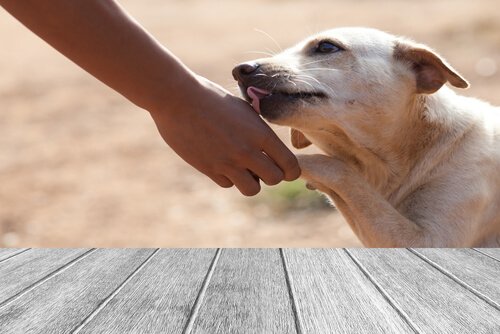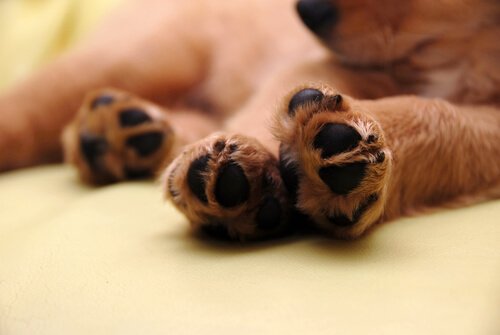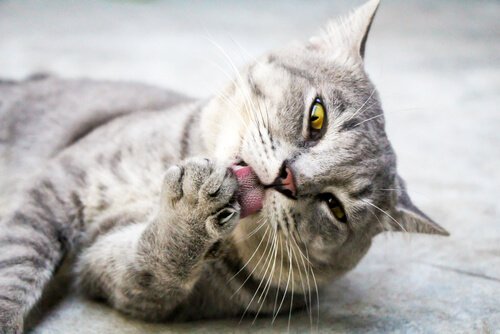How to Cure Paw Injuries in Dogs and Cats

The paws of dogs and the cats are very prone to suffer wounds that are difficult to cure, since they are always in contact with the ground. That’s why you should pay special attention to where your pet steps. If he has an injury, you can cure it or perform first aid.
The paws are a risk zone on your pet’s body

City streets, the park, the countryside or the beach, besides being the scene of walks and games with your furry friend, can be places where your pet will injure the pads on his paws if he steps on the following things, for example:
- Glass
- Sharp little stones
- Rubbish
That is why it is important to check his feet after these excursions. If there is any injury, you can tend to it quickly.
Also, keep in mind that your home can also be a source of danger for your pet, especially if you leave sharp objects or broken glass on the floor. Even extreme temperatures could threaten your dog’s or your cat’s paw pads.
Your pet’s paw pads are very prone to injuries of varying types. If the damage is not serious, you can treat it yourself.
In which cases can you treat your pet’s paws yourself?
Depending on the severity of the wound on the animal’s pads, you will have to decide whether you will treat them yourself, or take your pet to the emergency veterinarian.
In the event that there is a lot of blood from the lesion or there is an object embedded deeply into the paw, it is best to turn to the help of a professional immediately. But if the wound is superficial, you can treat it yourself.
In any case, keep an eye on your pet’s healing process. If you have the slightest doubt that something could go wrong, see a specialist.
How to cure wounds on your dog’s or cat’s paws
The first thing you have to do to cure a wound on your pet’s paw is to disinfect it. Use a gauze soaked in antiseptic solution, preferably for veterinary use. Chlorhexidine can be a good option.
Remember that animals have a very different pH than people. Therefore, if you use a product for humans, you can cause more damage to the wound.
For this reason, it is good to always have a first aid kit for pets. It should be equipped with everything that is needed to assist furry friends in a medical emergency, according to the strict guidelines of your vet.
To wrap or not to wrap, that is the question
Even though ideally the wound should be allowed to heal in the air, put some type of bandage on the paw after disinfecting it. That way, it is not exposed to infection through contact with dirt on the different surfaces where your pet may walk.
Also, you know that the first thing your pet will do is nibble on the affected area. If he does this, you might want to put an Elizabethan collar on him, at least at first.
It is advisable to cover the wound, then, with two or three layers of rolled gauze. Do not overtighten the bandage because if you decrease blood circulation, the healing process will be delayed.
Pay attention to the wounds while they heal

If everything goes well, clean the wound and change the bandage daily until it heals completely. In the meantime, do not let your cat go outside, and only let the dog out to do his business.
Ideally, when the pet goes out into the street, you should cover his injured paw with some kind of plastic wrap. Or, put a specially designed shoe on him, which can be found in pet stores.